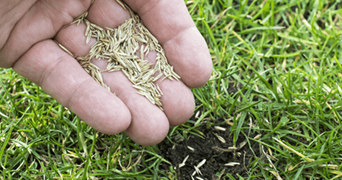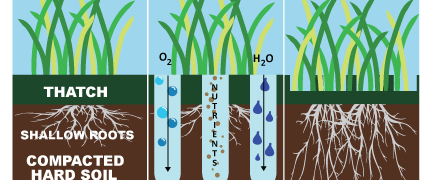Lawn Care Tip: Protect your tree during winter with black plastic

Fruit trees are very sensitive to cold weather and recently, some states such as Georgia and Florida experienced an unexpected frost that damaged much of the fruit. However, lawn care professionals say there are ways to prevent extensive damage when the weather turns colder than what the trees can handle or are used to.
Sun scald is very damaging to all trees, but especially fruit trees. The direct sunlight causes the cells within the tree to unfreeze, but the drastic change in temperature once the sun goes down can crack or split the bark, if not cause it to fall of completely.
Lawn care experts say a great way to prevent sun scald from negatively affecting your fruit trees is by wrapping your trees in black plastic during the late fall months. Choose a sturdy black plastic (you may be able to find some at your local gardening outlet) and begin at the base of the tree, wrapping the plastic in an upward motion. You will probably have to overlap the layers in order to sufficiently cover the entire base of the tree. Fasten the plastic by using staples (staple the plastic NOT the tree) or using a powerful adhesive, taking care to avoid getting any on the tree itself. The tape could damage the bark.
Be sure to check on the wrap throughout the winter and early spring to make sure there are no gaps or places where the plastic wrap is coming undone. If you properly protect your tree during the winter months, you should have a healthy, vibrant tree once spring finally rolls around!


